THE local dairy industry has been slow to adopt robotic milking of cows, which is now mainstream in Europe.
Australia has 34 robotic dairies compared with about 14,000 worldwide, according to associate professor Kendra Kerrisk of Sydney University’s faculty of veterinary science.
As research leader for FutureDairy’s automatic milking system (AMS) program, Dr Kerrisk has helped deliver a commercial rotary robotic milking system suited to Australia’s pasture-based dairy production and its high number of large milking herds (average about 300 head).
FutureDairy is a research partnership between Sydney University, DeLaval, Dairy Australia and the NSW Department of Primary Industries and is based at the uni’s rural campus and network of farms near Camden on Sydney’s south-west outskirts.
The university has recently installed a 24-bail robotic rotary dairy to milk its commercial herd.
About 60 of the world’s leading robotics engineers and academics visited Camden last month to inspect the facility in operation.
They were attending the university’s first summer school on agricultural robotics.
Dr Kerrisk said unlike Europe, most Australian and NZ dairy herds were run outdoors on pastures.
She said a successful and viable robotic milking system for Australian conditions had to be able to handle large numbers of cows each day with minimal human labour.
She said FutureDairy researchers also wanted to develop a system where cows would voluntarily walk relatively long distances from their paddocks to the milking shed.
This was achieved using feed incentives including directing cows to fresh pastures after milking.
The DeLaval robotic rotary dairy installed by Sydney University operates around the clock.
Cows walk at their own pace into the bails where a series of robots wash their teats, attach milking cups and disinfect udders after milking, all done while the animals are slowly rotated towards the exit.
Milking time is between six and 10 minutes.
Each cow carries an electronic identification tag, which is used to monitor milk production and quality.
This automatic system gives managers and workers more time to work elsewhere on their farms while also providing lifestyle benefits.
The first commercial robotic dairy was introduced in the Netherlands in 1992 and was designed for an indoor system.
DeLaval developed the world’s first robotic rotary dairy with the first commercial installation in northern Tasmania.
Source: The Australian Dairyfarmer


